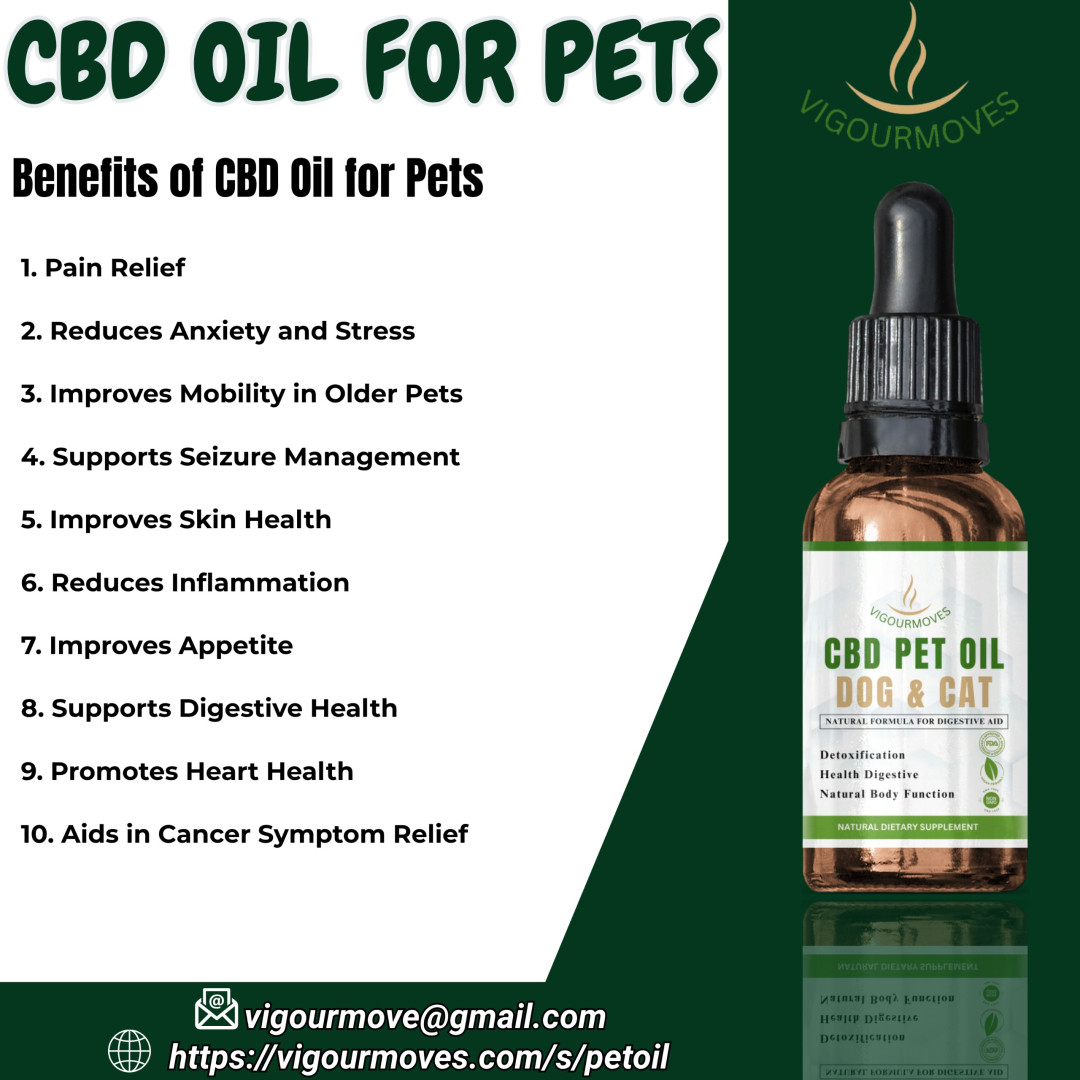
Safely Introduce Pure CBD Oil to Your Pet’s Routine
As more pet owners turn to natural remedies to support their furry companions’ health, Pure CBD Oil is emerging as a promising supplement for pets dealing with anxiety, joint pain, seizures, digestive issues, and age-related decline. But just like any new addition to your pet’s wellness routine, CBD must be introduced gradually and safely.
In this blog, we’ll walk you through everything you need to know about introducing pure CBD oil to your dog or cat’s routine, from understanding proper dosing to watching for effects and choosing the right product.
Why Consider CBD Oil for Pets?
CBD (cannabidiol) is a non-psychoactive compound derived from hemp. It interacts with the endocannabinoid system (ECS) — a biological system present in all mammals that helps regulate functions such as pain response, immune health, mood, and digestion.
For pets, pure CBD oil may help with:
Separation anxiety and stress
Joint pain and inflammation
Seizures or epilepsy
Digestive upset
Appetite loss
Overall wellness and aging support
Consult Your Veterinarian First
Before introducing any supplement, especially CBD, consult with your vet, particularly if your pet is:
On medication
Has chronic health conditions
Is very young, senior, or pregnant
Your veterinarian can guide you on appropriate dosing, possible interactions, and whether CBD is suitable for your pet’s specific needs.
Start with a Low Dose
When starting CBD, less is more. Begin with a low dose based on your pet’s weight, such as:
0.2 mg per kg of body weight, once or twice a day
Example: A 20 lb (9 kg) dog would start with around 2 mg of CBD daily.
Always read product labels carefully, as CBD oil concentrations can vary.
👉 Pro tip: Use a dropper for precise dosing and place the oil directly into your pet’s mouth, food, or treat.
Introduce It Slowly and Watch Closely
Gradually increase the dose every 3–5 days, while observing your pet’s behavior and physical health. Monitor for:
Improved symptoms (calmness, mobility, appetite)
Side effects (lethargy, diarrhea, vomiting, excessive sedation)
If side effects occur, lower the dose or discontinue use and consult your vet.
Choose the Right Type of CBD Oil
For pet safety and effectiveness, ensure the CBD oil you use is:
Pure and THC-free (pets are sensitive to THC)
Formulated for animals (human CBD oils may contain unsafe ingredients like xylitol or essential oils)
Third-party lab tested (check for potency, purity, and contaminants)
Made from organic, non-GMO hemp
Avoid gimmicky products and focus on transparency and quality.
Make CBD Part of a Healthy Routine
Once your pet responds well to CBD, it can become part of their daily health routine. Use CBD oil:
In the morning, to help with daily stress and mobility
Before stressful events like car rides, fireworks, or vet visits
At night for sleep or pain management
Be consistent with dosing and continue to monitor your pet’s response over time.
When to Stop or Adjust
Discontinue use if you notice:
Loss of appetite
Severe drowsiness
Digestive upset that lasts more than a day
Worsening of original symptoms
Not all pets respond the same to CBD. If results are inconsistent or concerning, consult your vet again
Your Pet Deserves Safe, Natural Support
Introducing pure CBD oil to your pet’s routine can be a gentle and effective way to support their health, but only when done correctly. Start slow, use high-quality pet-specific products, and always pay attention to how your furry friend reacts.
With the right approach, CBD may become a trusted part of your pet’s wellness plan, helping them live a calmer, more comfortable life
Thinking of trying CBD for your pet? Start with a veterinarian-approved, pure CBD oil formulated just for animals. Give your pet the natural support they deserve, one drop at a time.
Comments
Post a Comment